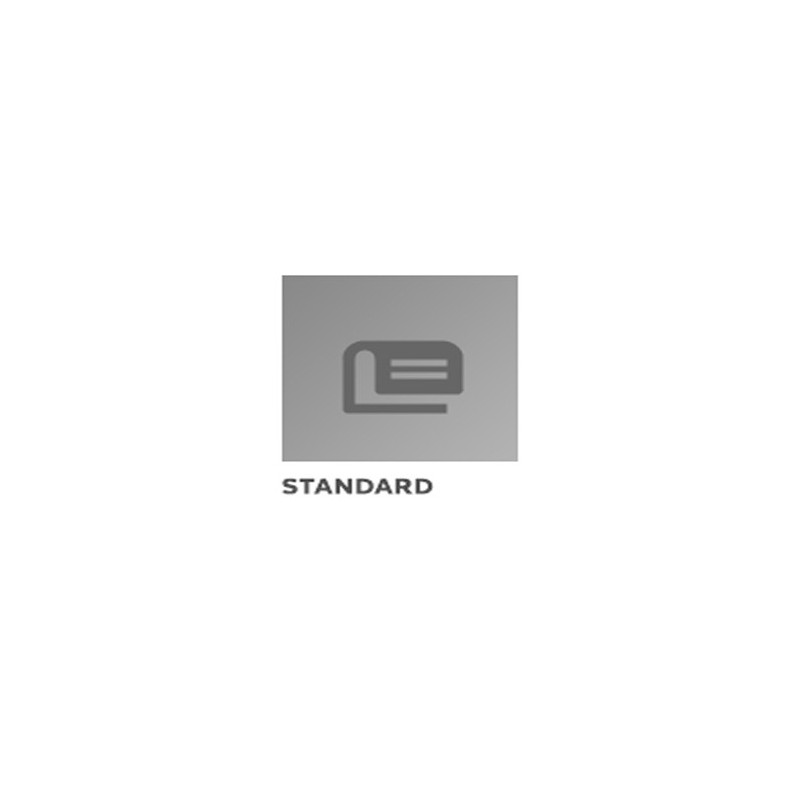Description / Abstract:
This document establishes the Rotorcraft Industry Technology Association (RITA) Health and Usage Monitoring System Data Interchange Specification. The RITA HUMS Data Interchange Specification will provide information exchange within a rotorcraft HUMS and between a rotorcraft HUMS and external entities.
Classification:
The RITA HUMS Data Interchange Specification will be used for exchange of information between the following entities.
a. Between HUMS ground stations and external systems
b. Between airborne HUMS processors and HUMS ground stations
c. Between airborne HUMS processors and external airborne systems
The RITA HUMS interfaces covered by this document are shown in Figure 1 and are indicated by thick, bold arrows.
Intended Audience:
This document is intended for rotorcraft manufacturers, system integrators, system developers, operators, and HUMS suppliers.
Document Ownership:
The Rotorcraft Industry Technology Association shall maintain this document.
Relationship to Other RITA Documents:
Five other documents are also part of the RITA HUMS specification suite. These documents are:
a. RITA HUMS Accelerometer Interface Specification (AS5391 pending)
b. RITA HUMS Blade Tracker Interface Specification (AS5392 pending)
c. RITA HUMS Rotational System Indexing Sensor Interface Specification (AS5393 pending)
d. RITA HUMS Advanced Multipoint Interface Specification (AS5394)
e. RITA HUMS Digital Sensors and Airborne HUMS Processors
The Accelerometer and Rotational System Indexing Sensor specifications pertain to the Analog Sensor interface also shown in Figure 1, indicated by the thick, white arrows. The Advanced Multipoint and Blade Tracker specifications fall under the digital interface category. These specifications were agreed to by industry consensus and are evolving as new sensors are developed to these specifications.
Document Organization:
This document is divided into the following key sections:
a. Introduction
b. Applicable Documents
c. Functional Requirements
d. Implementation
e. Appendices
The functional requirements section presents the general concepts required to achieve HUMS data interchange. A model that consists of a transport medium, a transport protocol, and data representation is introduced and used as the foundation for HUMS data interchange.
The implementation section maps the functional requirements to specific transport mediums, protocols, and data representations.
The object model appendix provides a method to organize or provide a structure to the process of listing individual HUMS parameters. The object model provided is a draft and represents one approach to defining a HUM system. One goal of this specification is to arrive at a HUMS industry consensus on the form of an object model for HUMS.
The candidate open interface system module appendix provides definitions of objects within the model. It describes their functions and inputs and outputs. The details of the inputs and outputs to these objects ensure that the signals and parameters detailed in the functional specification are comprehensive.
RITA Compliance:
Following are requirements and guidelines for RITA airborne open architecture compliant systems. To be RITA Compliant, the design must meet the requirements. RITA recommends that the designs also adhere to the guidelines.
Airborne Unit Design Requirements: A RITA compliant HUMS airborne unit shall:
a. Include an ARINC 429 Bus interface that makes all internally used aircraft flight parameters and discretes available externally to allow for growth,
b. Include a RHAMIS compliant bus interface (RS-485) that makes all HUMS data, being stored for download, available externally to allow for growth applications, and
c. Comply with RITA HUMS Data Interchange Specification.
Airborne Unit Design Guidelines: RITA recommends that a RITA compliant HUMS airborne unit should include the following:
a. The provisions for two spare internal cards slots to allow for growth,
b. Availability of the ARINC 429 and RHAMIS interfaces both externally and to all internal card slots.
RITA Open System Architecture: The proposed RITA Open System Architecture is shown in Figure 2.


